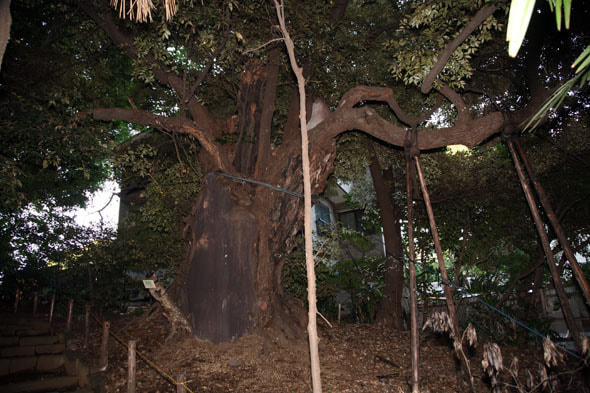
A large Japanese chinquapin in the precincts of Gyokurin Temple (the Soto sect) (Yanaka 1-chome)
The large Japanese chinquapin (Castanopsis sieboldii) behind temple's main building is 9.5 meters high, and its trunk circumference is 5.63 meters. It is designated as a protected species in Tokyo.
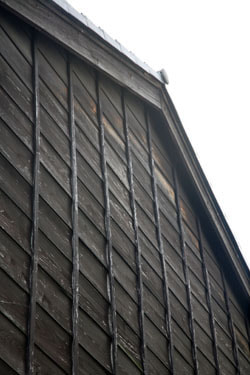
Nostalgic rows of houses with wooden walls can be seen.
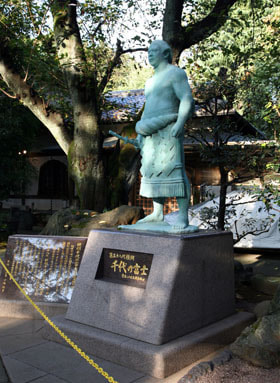
The statue of grand champion sumo wrestler Chiyonofuji (present stable master Kokonoe), which publicly honors his receiving of the People's Honor Award and achievements, stands in the precincts of Gyokurin Temple. (Erected in June 2011)
Since there are many temples and cemeteries in Uenosakuragi and Yanaka, the areas are a precious zone where nature and vegetation of the hill of Ueno remain. Greenery can be seen here and there from streets along which remnants of samurai houses in the Edo Priod remain. The Greenery creates a calm atmosphere. The areas are adjacent to Tokyo University of the Arts, Tokyo Metropolitan Art Museum and Tokyo National Museum, which are located in Ueno Park, and also have the Japan Art Institute. Therefore, many artists had lived and galleries and artists' materials stores were situated in the areas. At the time when writers, painters and musicians went back and forth, stores dealing with colors, brushes and picture frames stood side by side along streets. Nowadays, the number of stores has decreased, but traces of the old days can be found in remaining stores and galleries that one unexpectedly encounters.
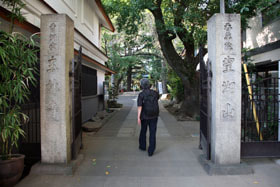
Gate of Gyokurin Temple (the Soto sect)
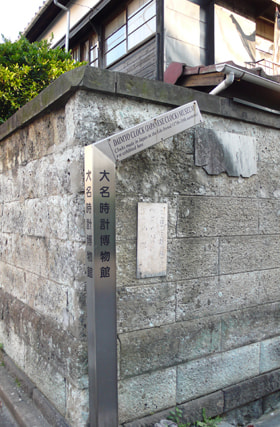
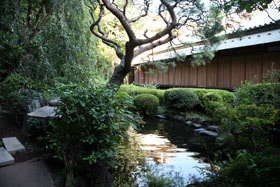
Courtyard of Gyokurin Temple
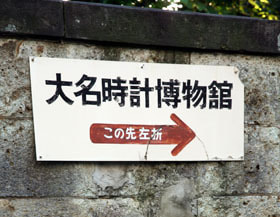
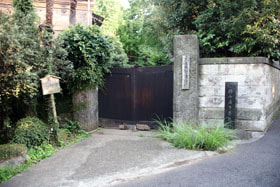
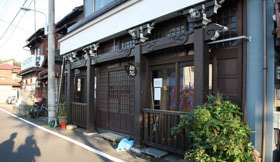
Edokoro (Painter Allan West's studio/gallery)
Allan West studied under Japanese-style painter Matazo Kayama at Tokyo University of the Arts, and has his studio/gallery in Yanaka. The studio/gallery received a grant from the studio support program of Taito City. (Yanaka 1-chome)
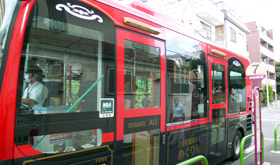
"Megurin," a loop bus in Taito City (a bus stop "Yanaka Shimizu-cho Koen")
There are three types of "Megurin," a loop bus running through Taito City: "Kita Megurin," "Minami Megurin," and "Tozai Megurin" that departs from Taito City Office, and runs through Yanaka, Shinobazuno-ike, Asakusa and other places. Tozai Megurin stops at Tokyo National Museum, Kan-eiji Temple, Yanaka Shimizu-cho Koen, Kyu Yoshidaya Sake-ten, Yanaka Reien Iriguchi, Yanaka Ginza and other bus stops.
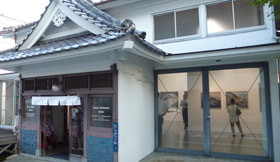
This building is a contemporary art gallery opened in 1993, which was converted from a 200-year-old bathhouse "Kashiwa-yu." It still has a bathhouse chimney, and "noren," a store curtain, is hung at the entrance, creating an old-style atmosphere. (Yanaka 6-chome)


Nostalgic rows of houses with wooden walls can be seen.

The statue of grand champion sumo wrestler Chiyonofuji (present stable master Kokonoe), which publicly honors his receiving of the People's Honor Award and achievements, stands in the precincts of Gyokurin Temple. (Erected in June 2011)










